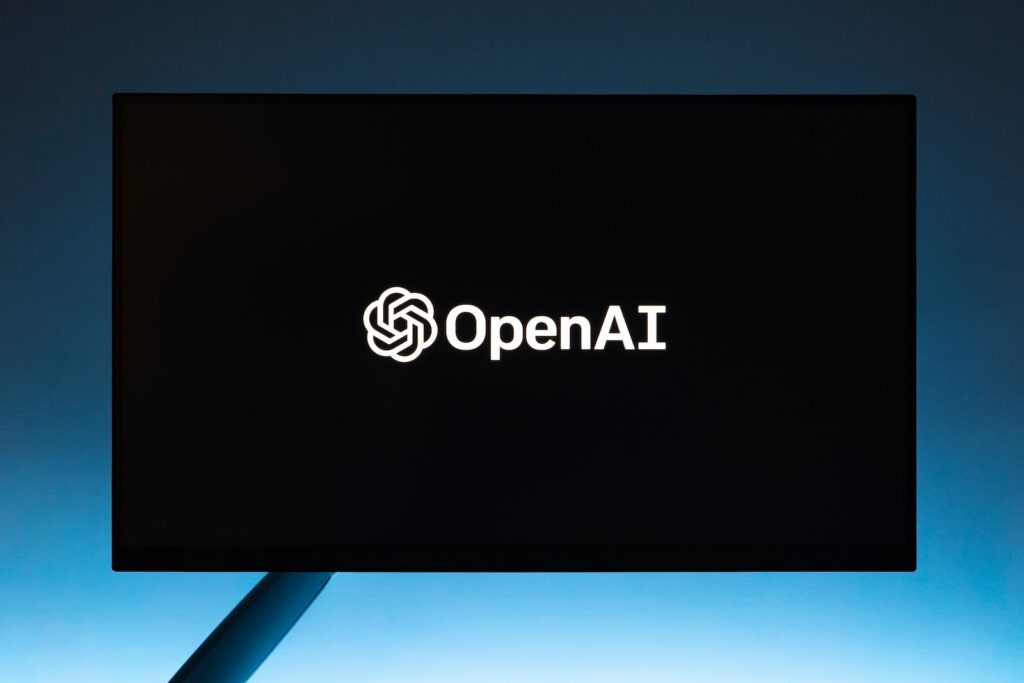The Art of AI to Maximize Business Success
Masters Of Sites
16/03/2024

In today’s fast-paced digital landscape, the integration of artificial intelligence (AI) has emerged as a transformative force, empowering businesses to unlock unprecedented opportunities and drive remarkable growth. From enhancing operational efficiency to revolutionizing customer engagement, the strategic deployment of AI holds the potential to redefine the very fabric of business operations. In this comprehensive guide, we delve into the nuances of the art of AI, unraveling practical strategies that businesses can leverage to maximize success in an increasingly competitive environment.
Understanding the Essence of AI:
Before delving into the practical applications of AI, it’s imperative to grasp the essence of this revolutionary technology. At its core, AI refers to the simulation of human intelligence in machines, enabling them to analyze data, recognize patterns, and make autonomous decisions. From machine learning algorithms to natural language processing systems, AI encompasses a diverse array of tools and techniques that have the power to transform business processes across various domains.
Practical Strategies for AI Implementation:
1. Enhancing Operational Efficiency:
One of the primary benefits of AI lies in its ability to streamline operations and boost efficiency across organizational workflows. By leveraging AI-driven automation tools, businesses can automate repetitive tasks, optimize resource allocation, and minimize human error. Whether it’s automating inventory management processes or streamlining customer service operations through AI-powered chatbots, embracing automation can yield tangible improvements in productivity and cost-effectiveness.
2. Personalizing Customer Experiences:
In an era where customer experience reigns supreme, AI presents a wealth of opportunities for businesses to deliver personalized interactions that resonate with their audience. Through the analysis of customer data and behavioral patterns, AI algorithms can segment audiences, tailor content recommendations, and anticipate customer needs with remarkable accuracy. Whether it’s offering personalized product recommendations or delivering targeted marketing campaigns, harnessing the power of AI-driven personalization can foster deeper customer engagement and loyalty.
3. Optimizing Decision-Making:
AI-driven analytics platforms empower businesses to make data-driven decisions with confidence and precision. By harnessing the vast troves of data at their disposal, organizations can gain valuable insights into market trends, consumer preferences, and competitive dynamics. From predictive analytics models that forecast future trends to prescriptive analytics solutions that recommend optimal courses of action, AI enables businesses to navigate complex decision-making scenarios with clarity and foresight.
4. Driving Innovation and Agility:
In a rapidly evolving business landscape, innovation and agility are paramount for staying ahead of the curve. AI serves as a catalyst for innovation, enabling businesses to develop novel products, services, and business models that disrupt existing paradigms. Whether it’s leveraging AI-driven predictive modeling to forecast market demand or using generative AI algorithms to design innovative solutions, embracing AI fosters a culture of experimentation and adaptation that fuels continuous growth and evolution.
Key Considerations for AI Implementation:
While the potential benefits of AI are undeniable, successful implementation requires careful planning and execution. Here are some key considerations to keep in mind:
Data Quality and Governance: The efficacy of AI algorithms hinges on the quality and integrity of the data they’re trained on. Establish robust data governance frameworks to ensure data accuracy, consistency, and compliance with regulatory requirements.
Ethical and Responsible AI Use: As AI becomes increasingly integrated into business operations, it’s crucial to prioritize ethical considerations and ensure responsible AI use. Guard against bias in AI algorithms, uphold data privacy rights, and maintain transparency in AI-driven decision-making processes.
Continuous Learning and Adaptation: AI is not a one-time investment but a journey of continuous learning and adaptation. Stay abreast of advancements in AI technologies, invest in employee training and development, and foster a culture of innovation and experimentation within your organization.
Embracing the Art of AI:
In conclusion, the art of AI represents a paradigm shift in how businesses harness technology to drive success in the digital age. By embracing practical strategies for AI implementation and adhering to key considerations, businesses can unlock the full potential of AI to enhance operational efficiency, personalize customer experiences, optimize decision-making, and drive innovation. As AI continues to evolve and mature, organizations that embrace its transformative power will emerge as leaders in their respective industries, poised for sustained growth and success in the years to come.
Recent Post
-
 11 Apr 2024Unleashing Creativity: Finding the Best Website Company for Web Development and Design
11 Apr 2024Unleashing Creativity: Finding the Best Website Company for Web Development and Design -
 24 Mar 2024Exploring Cybersecurity and Its Career Paths
24 Mar 2024Exploring Cybersecurity and Its Career Paths -
 16 Mar 2024The Art of AI to Maximize Business Success
16 Mar 2024The Art of AI to Maximize Business Success -
 09 Feb 2024The Dynamic Landscape of Website Development: A Comprehensive Exploration
09 Feb 2024The Dynamic Landscape of Website Development: A Comprehensive Exploration -
 16 Jan 202410 Things That Every Professional Website Should Have
16 Jan 202410 Things That Every Professional Website Should Have -
 27 Oct 2023A Guide to Choosing the Best Website Development Company in Uganda and Across Africa
27 Oct 2023A Guide to Choosing the Best Website Development Company in Uganda and Across Africa -
 21 Mar 2023The 5G Revolution and E-SIM Technology
21 Mar 2023The 5G Revolution and E-SIM Technology -
 16 Mar 2023What is Artificial Intelligence (AI Tools)
16 Mar 2023What is Artificial Intelligence (AI Tools)

